
Commander Abhilash Tomy
Injured sailor Abhilash Tomy has been rescued by a French fisheries patrol vessel. Tomy, a 39-year-old Indian naval commander, was injured when his yacht Thuriya capsized and dismasted in a severe Southern ocean storm on Day 82 of the Golden Globe Race.
Osiris, a French fisheries vessel reached Tomy’s dismissed boat today at 5:30 UTC. The Joint Rescue Co-ordination Centre in Canberra which co-ordinated the rescue reported: “Tomy is conscious, talking and onboard the Orisis. Australian and Indian long-range P8 Orion reconnaissance aircraft are circling overhead. Thuriya’s position is 39 32.79S and 78 3.29E
After the dismasting, Commander Tomy texted, ROLLED. DISMASTED. SEVERE BACK INJURY. CANNOT GET BACK UP. He later messaged: ACTIVATED EPIRB. CAN’T WALK. MIGHT NEED STRETCHER, and later, FEEL NUMB. CAN’T EAT OR DRINK.
The Golden Globe Race had issued a Code Red alert, requesting other boats in the area to assist Commander Tomy. Unfortunately, the closest boat in the race was Irishman’s Gregor McGuckin’s yacht Hanley Energy Endurance, which was also dismasted in the same storm.
Thuriya was dismasted about 1,900 miles southwest of Perth, Australia “at the extreme limit of immediate rescue range” according to the race organization. In addition to dismasting McGuckin’s and Tomy’s boats, the storm which was reported to pack 80 mph winds and 46-foot seas, also damaged Mark Slats‘ boat Ohopen Maverick.
Race organizers report that Gregor McGuckin, whose yacht Hanley Energy Endurance was also dismasted in the same storm last week, is making 2.2 knots towards Thuriya’s position, sailing under jury rig. The 32-year old Irishman is still 25 miles to the West and in radio contact with the reconnaissance aircraft. He is not in distress but has asked for a controlled evacuation from his yacht.
The Australian, Indian and French navies sent planes and vessels to assist. Australian authorities are sending an Anzac-class frigate, but it is expected to take four to five days to reach Tomy.
Commander Tomy’s yacht Thuriya is a replica of the boat which won the original race fifty years ago—Suhaili –under the command of (Sir) Robin Knox-Johnston.
Thanks to Alaric Bond and David Rye for contributing to this post.


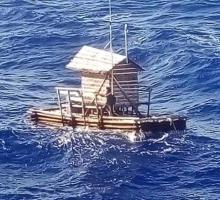 An Indonesian teenager working as a lamp keeper on a floating fish trap anchored off
An Indonesian teenager working as a lamp keeper on a floating fish trap anchored off 
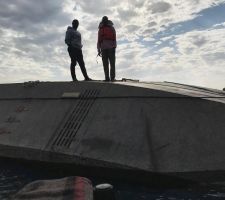 The severely overloaded ferry, MV Nyerere, capsized in Lake Victoria in Tanzania on Thursday. The current death toll stands at 209 people. Two days after the capsize, divers rescued an engineer from an apparent air pocket inside the overturned ferry.
The severely overloaded ferry, MV Nyerere, capsized in Lake Victoria in Tanzania on Thursday. The current death toll stands at 209 people. Two days after the capsize, divers rescued an engineer from an apparent air pocket inside the overturned ferry.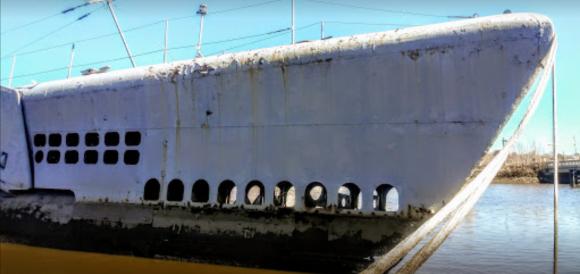
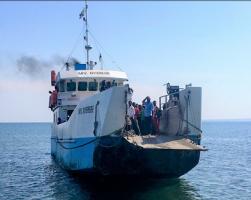 MV Nyerere, a ferry traveling from Bugolora to Ukara island in Lake Victoria, Tanzania
MV Nyerere, a ferry traveling from Bugolora to Ukara island in Lake Victoria, Tanzania 
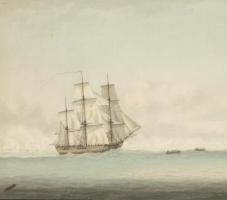

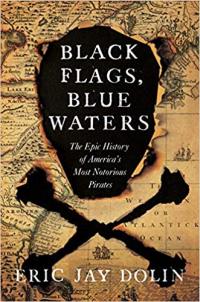 What is it about the pirates of the so-called “Golden Age” that holds our attention over the centuries? The period has been romanticized and fictionalized in books, British musicals, Hollywood movies, and cable TV shows. Where do the legend and lore end and the history begin?
What is it about the pirates of the so-called “Golden Age” that holds our attention over the centuries? The period has been romanticized and fictionalized in books, British musicals, Hollywood movies, and cable TV shows. Where do the legend and lore end and the history begin?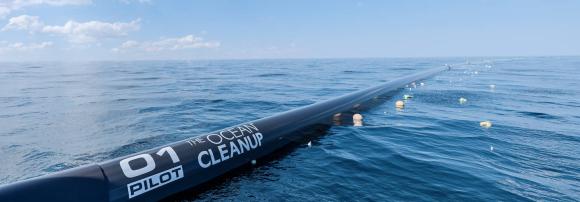 About five years ago, a 19-year-old Dutch engineering student, Boyan Slat, made a big splash, at least on the internet, when he unveiled his design of refuse collecting booms, which he claimed would
About five years ago, a 19-year-old Dutch engineering student, Boyan Slat, made a big splash, at least on the internet, when he unveiled his design of refuse collecting booms, which he claimed would 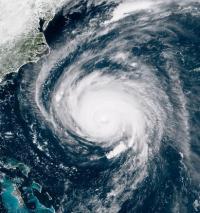 In 2010, a North Carolina state commission report predicted that sea levels on the state’s coast could rise as much as 39 inches by the year 2100, flooding billions of dollars’ worth of real estate and crippling much of the state’s economy. Instead of taking action to mitigate the damage, the
In 2010, a North Carolina state commission report predicted that sea levels on the state’s coast could rise as much as 39 inches by the year 2100, flooding billions of dollars’ worth of real estate and crippling much of the state’s economy. Instead of taking action to mitigate the damage, the  Two monster storms are bearing down on vulnerable coastlines on opposite sides of the globe. In the Atlantic,
Two monster storms are bearing down on vulnerable coastlines on opposite sides of the globe. In the Atlantic,  Two Northern Irish fishermen were fishing for pollan, a whitefish native to Ireland, in Lough Neagh. Instead, fishermen Raymond McElroy and Charlie Coyle netted the antlers and skull of a Great Elk, a species which disappeared from Ireland 10,500 to 11,000 years ago. The nearly intact skull, with its antlers still attached, measures 6 feet across. Four years ago, a lower jaw bone of a Great Elk was pulled from Lough Neagh in almost the same spot, which may suggest that it belonged to the same deer as this skull and antlers.
Two Northern Irish fishermen were fishing for pollan, a whitefish native to Ireland, in Lough Neagh. Instead, fishermen Raymond McElroy and Charlie Coyle netted the antlers and skull of a Great Elk, a species which disappeared from Ireland 10,500 to 11,000 years ago. The nearly intact skull, with its antlers still attached, measures 6 feet across. Four years ago, a lower jaw bone of a Great Elk was pulled from Lough Neagh in almost the same spot, which may suggest that it belonged to the same deer as this skull and antlers. This weekend I enjoyed watching the
This weekend I enjoyed watching the 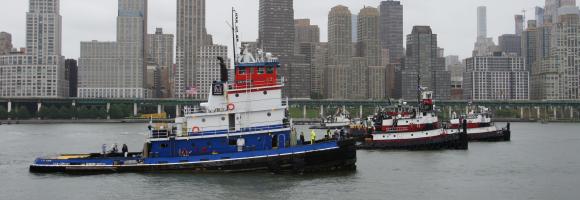

 Testing has begun
Testing has begun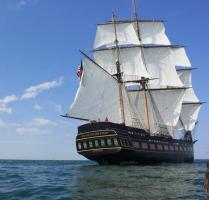 Oliver Hazard Perry Rhode Island (OHPRI), the non-profit organization behind Rhode Island’s Official Tall Ship
Oliver Hazard Perry Rhode Island (OHPRI), the non-profit organization behind Rhode Island’s Official Tall Ship